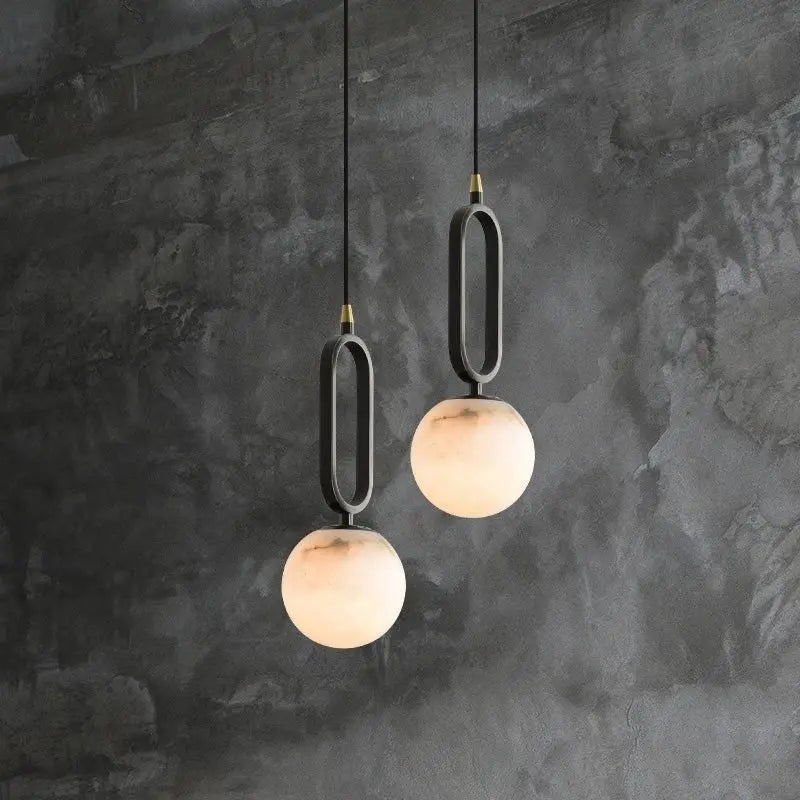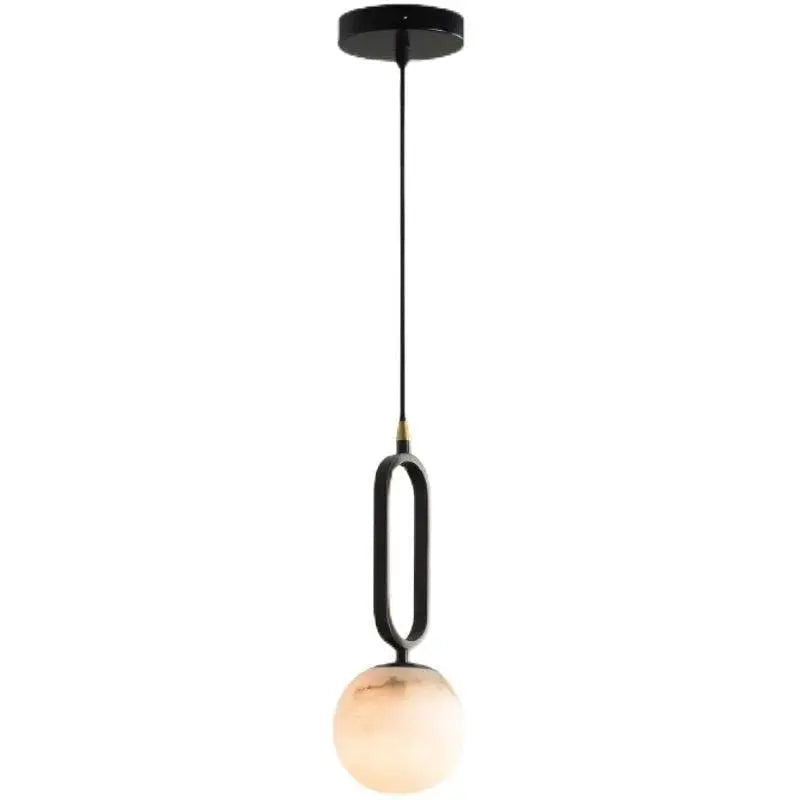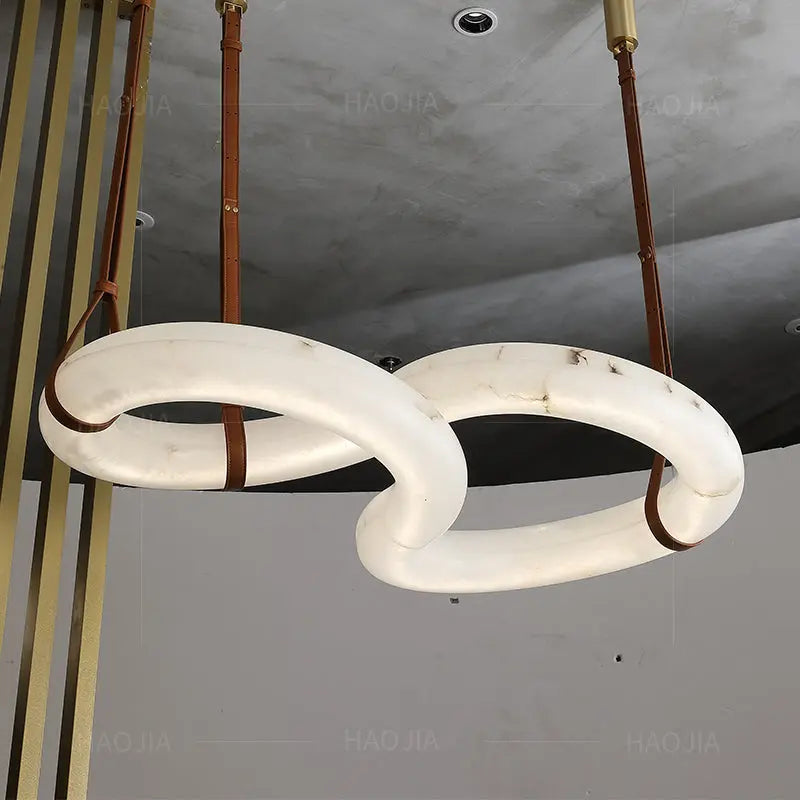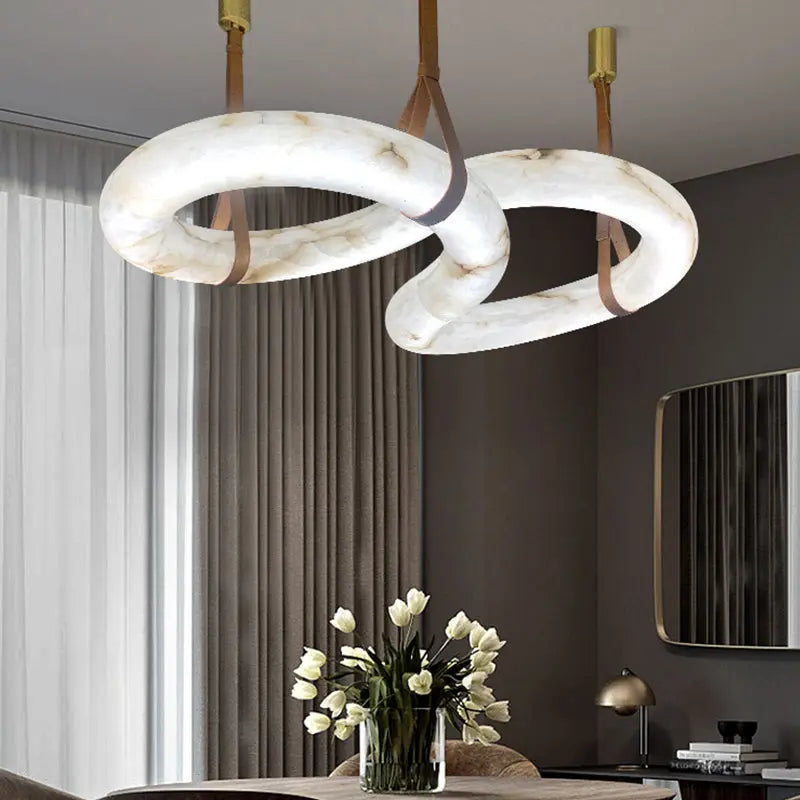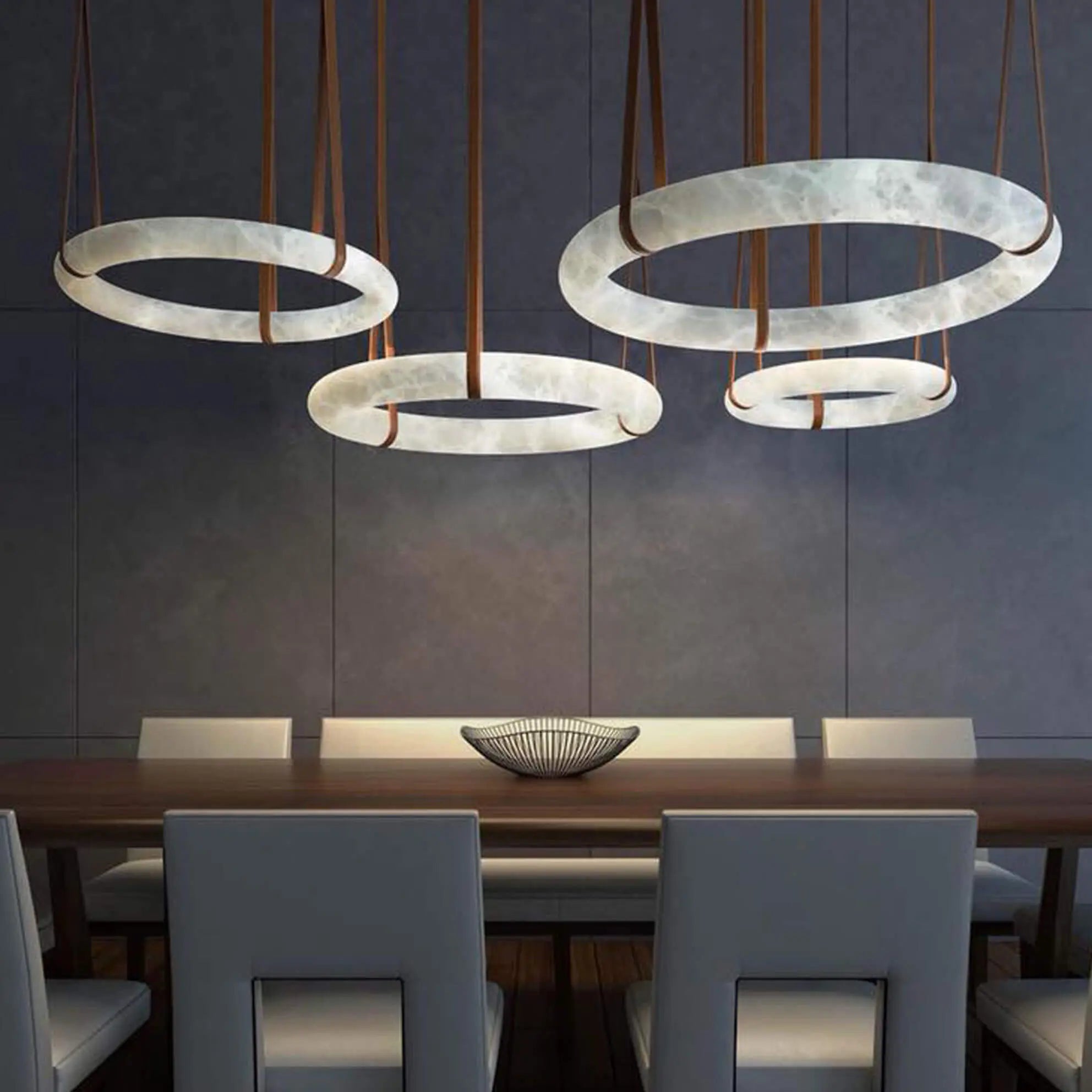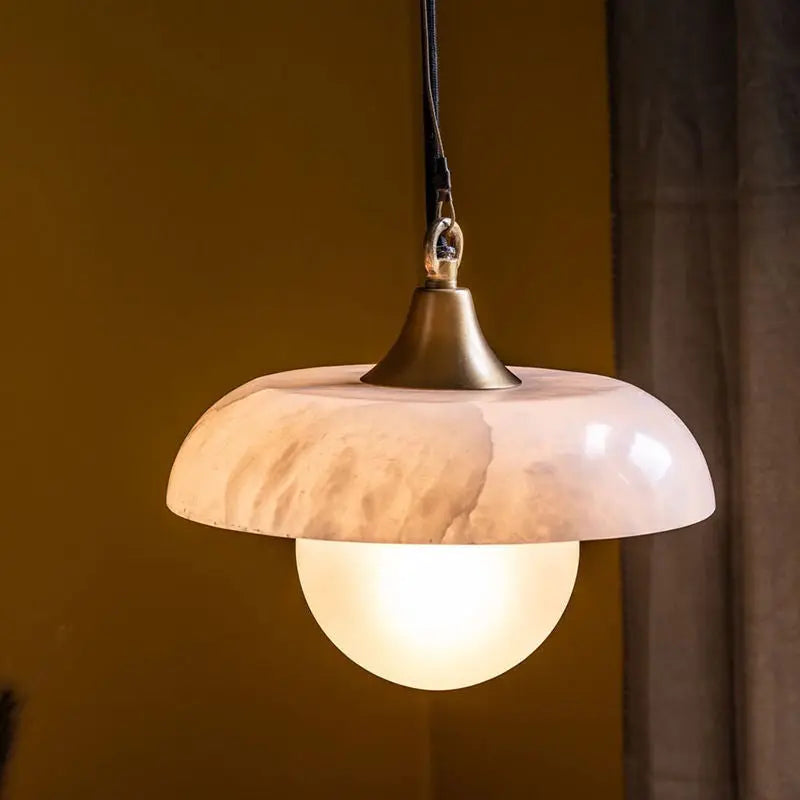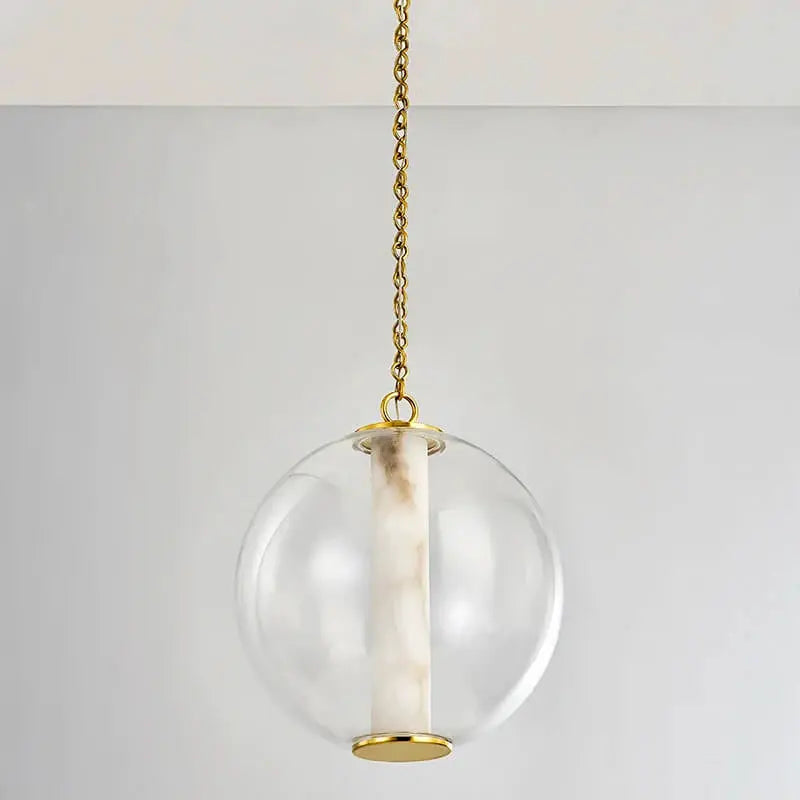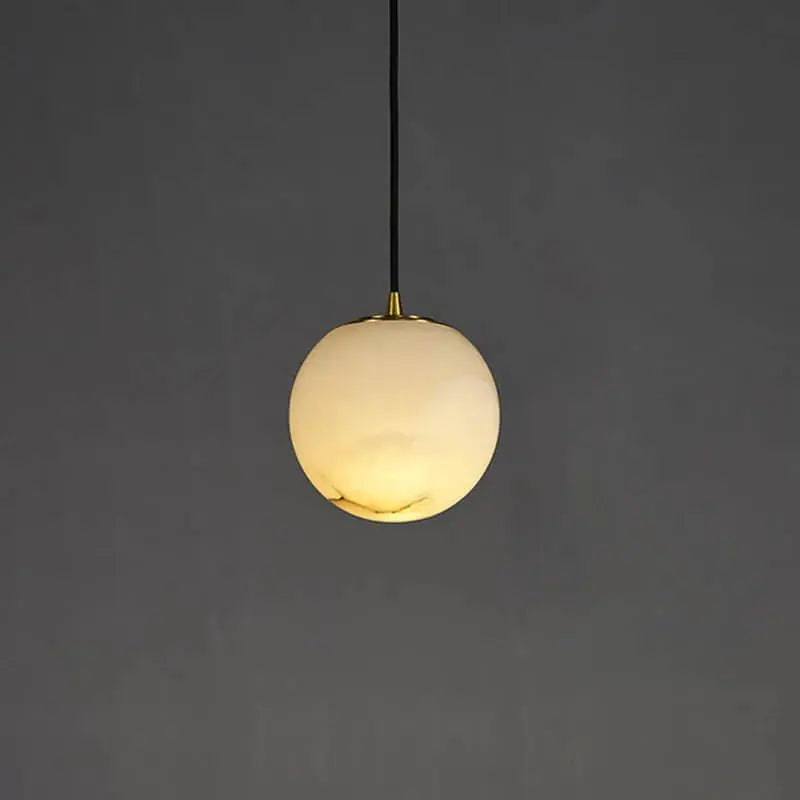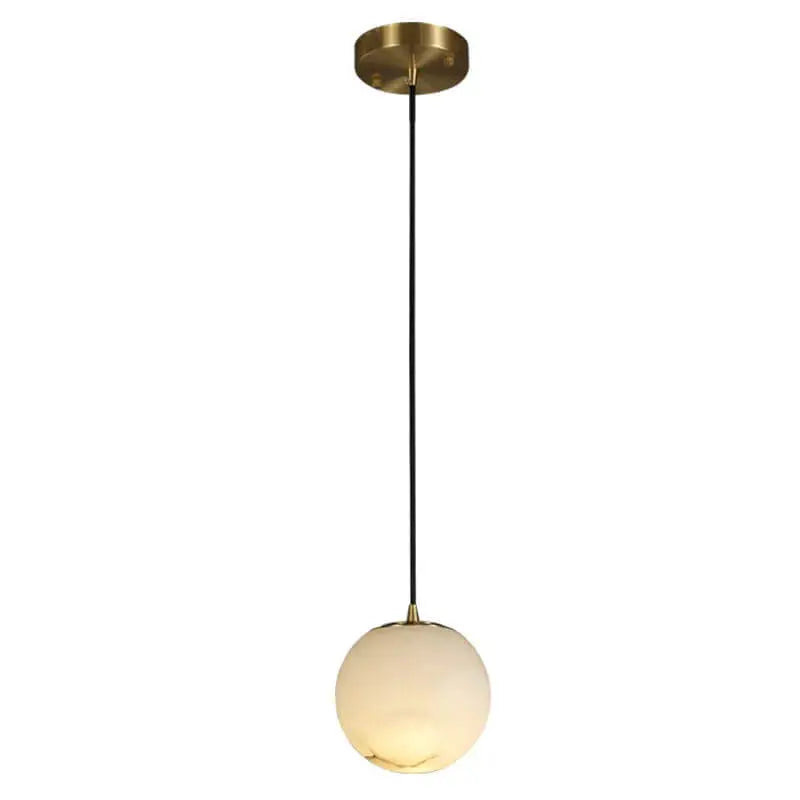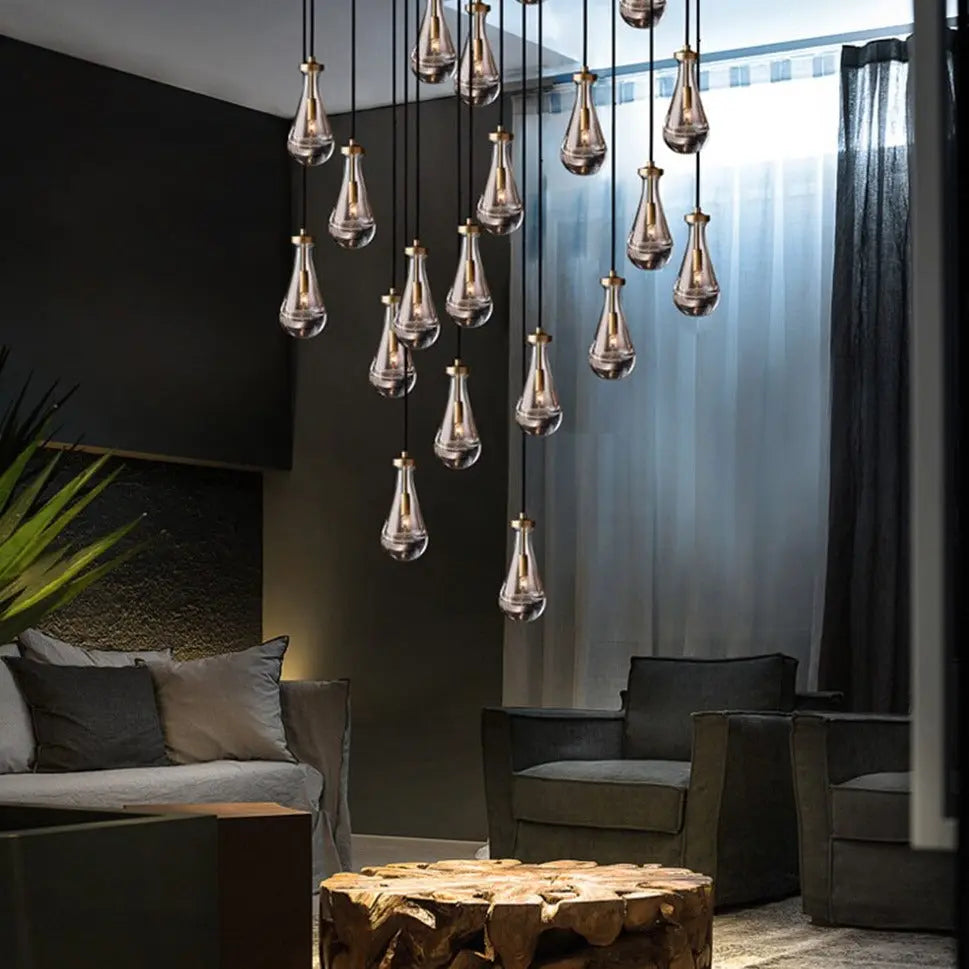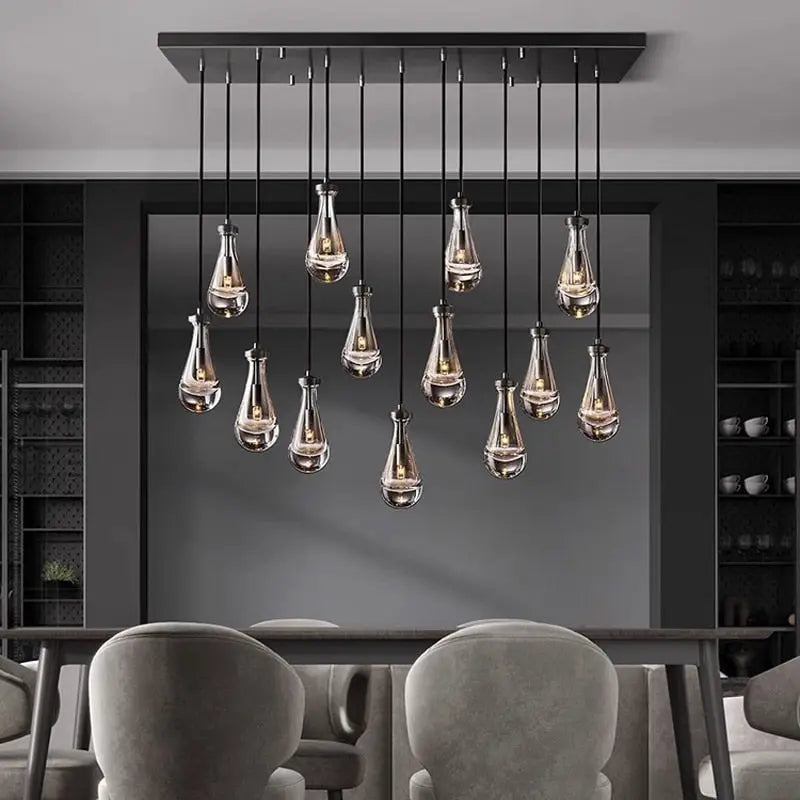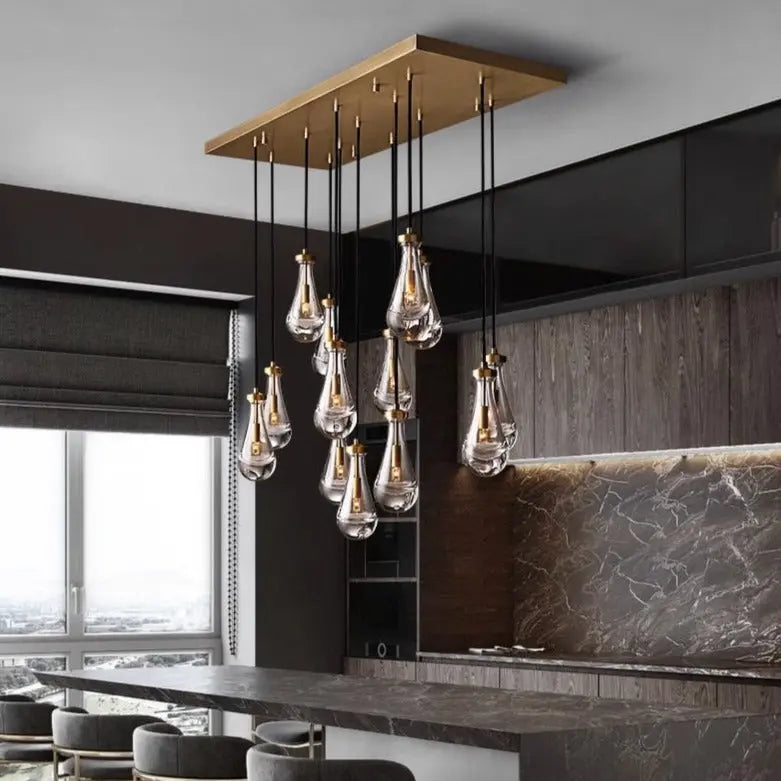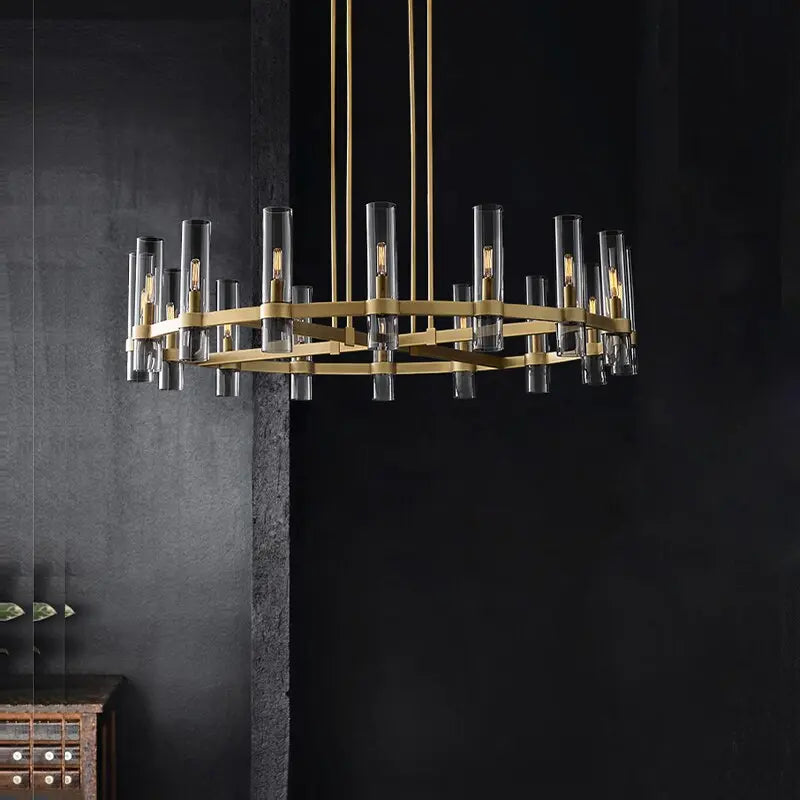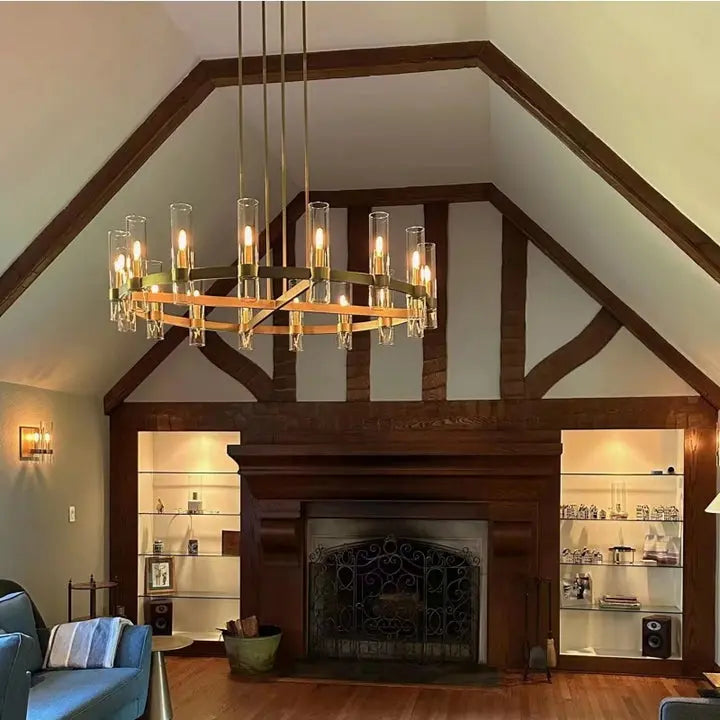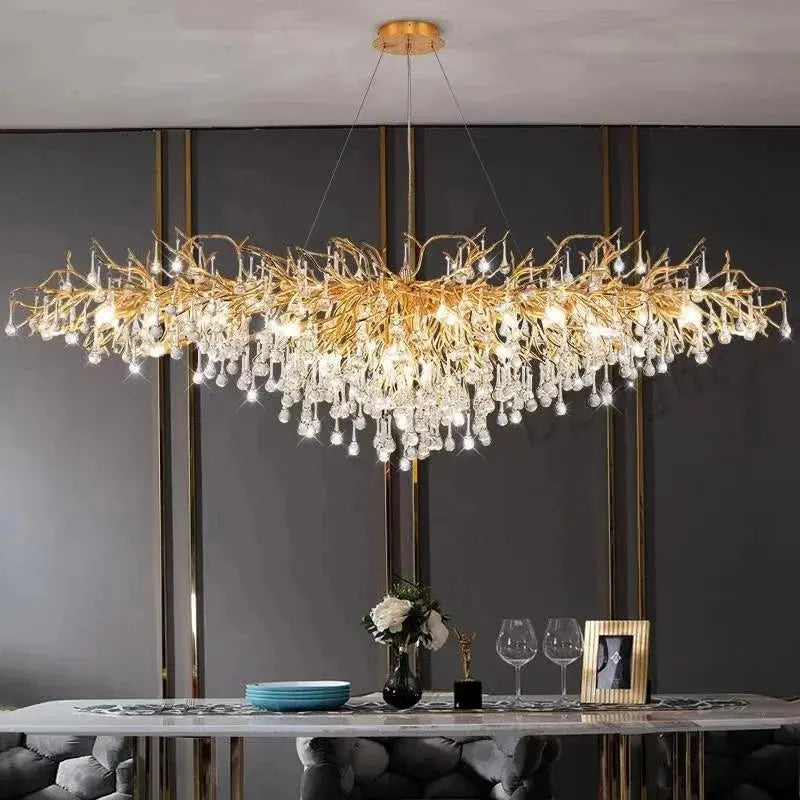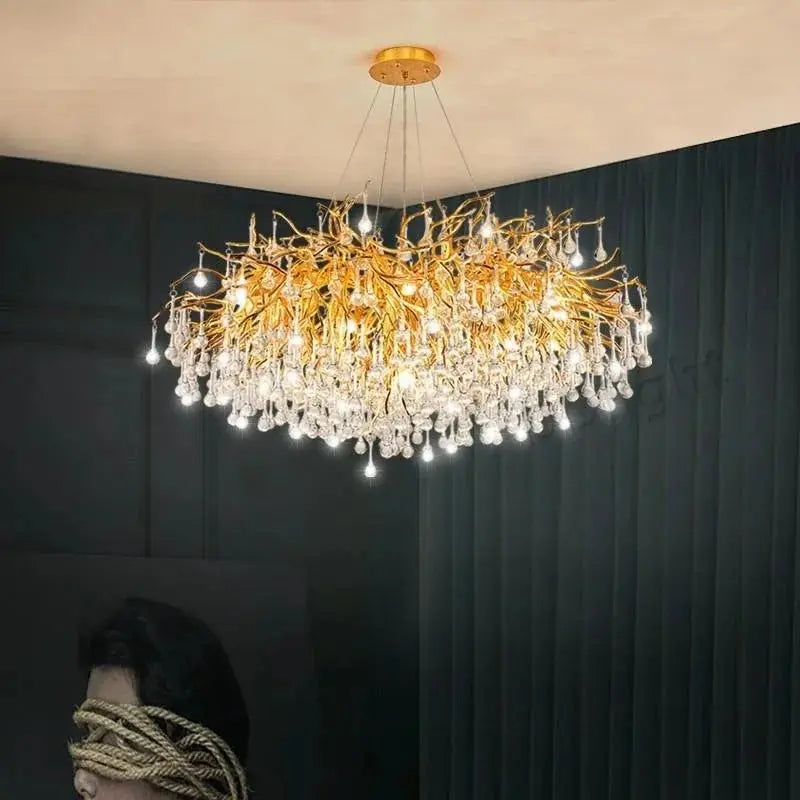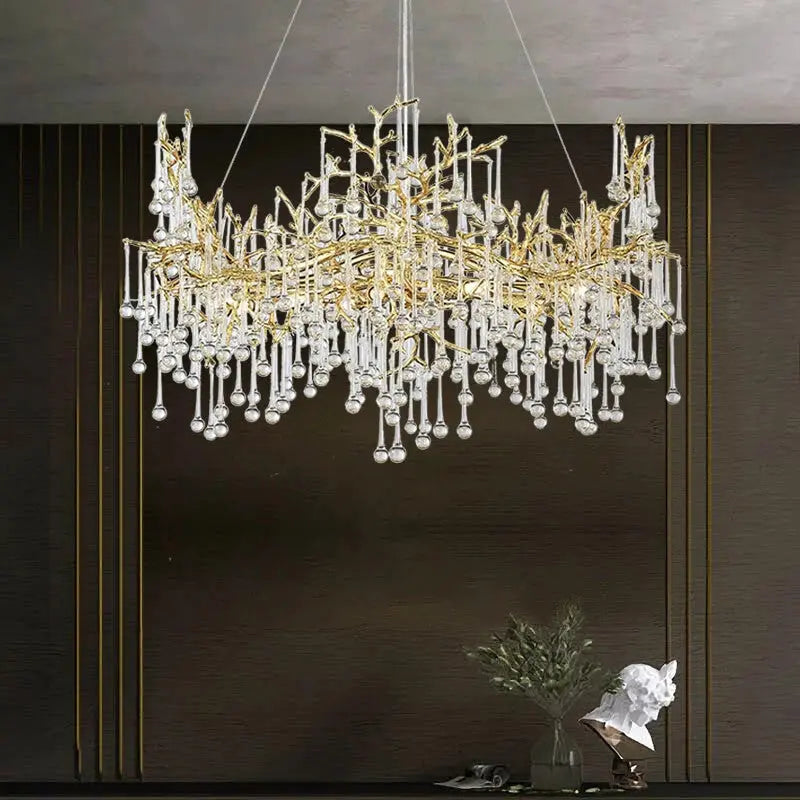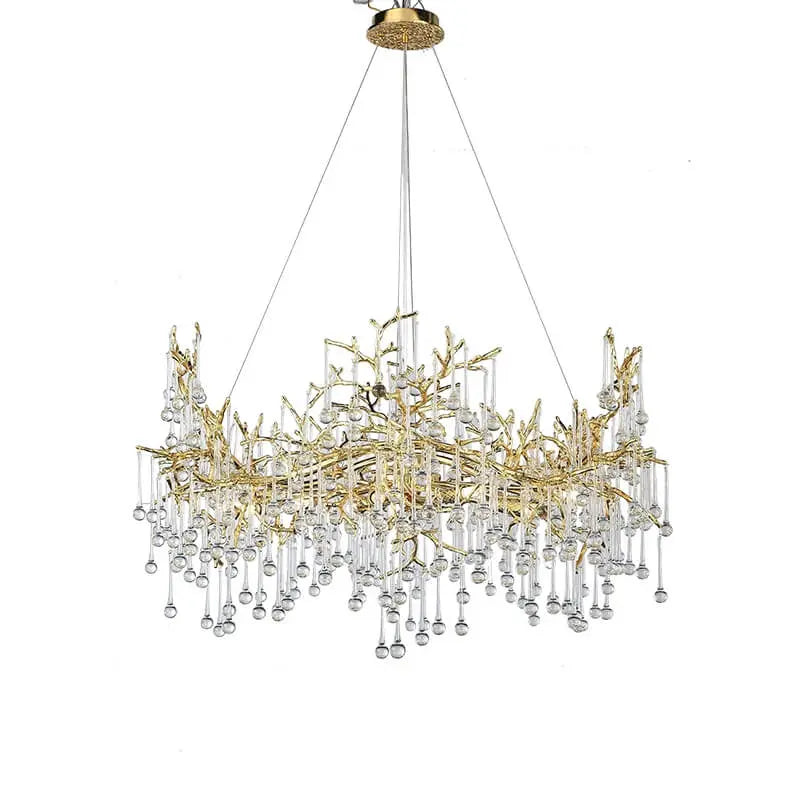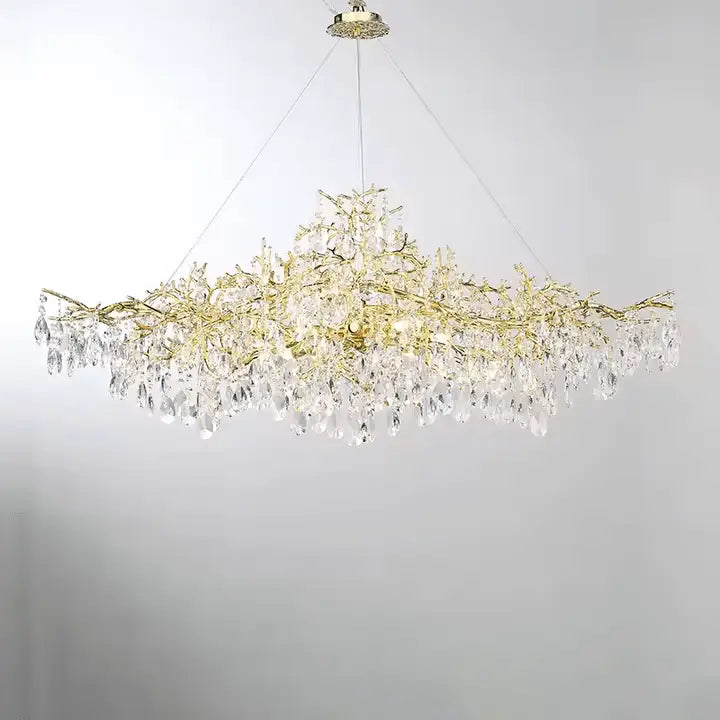In today's world, home design is evolving rapidly, blending comfort, sustainability, and technology. This article explores the latest trends that are reshaping modern living spaces, focusing on how they enhance our daily lives and connect us with nature. From eco-friendly materials to smart home features, these innovations are setting new standards for what a home can be.
Key Takeaways
- Homes are increasingly blending indoor and outdoor spaces to bring nature inside.
- Flexible layouts allow rooms to serve multiple purposes, adapting to different needs.
- Sustainable materials are becoming a priority in home design, reducing environmental impact.
- Quality interiors enhance comfort and style, making homes more inviting.
- Smart technologies are revolutionizing how we interact with our living spaces.
Integration of Nature in Contemporary Homes
In today's world, bringing nature indoors is a key trend in home design. This approach not only enhances the beauty of living spaces but also promotes well-being. Here are some ways to integrate nature into contemporary homes:
Incorporating Green Spaces
- Indoor Plants: Adding plants like ferns and succulents can improve air quality and create a calming atmosphere.
- Vertical Gardens: These are great for small spaces, allowing you to enjoy greenery without taking up floor space.
- Outdoor Living Areas: Patios and balconies can be transformed into lush retreats with the right landscaping.
Natural Light Optimization
- Large Windows: Installing big windows allows natural light to flood in, making spaces feel larger and more inviting.
- Skylights: These can brighten up darker areas of the home, connecting the indoors with the sky above.
- Light Colors: Using light-colored walls and furnishings can reflect natural light, enhancing the overall brightness of a room.
Use of Sustainable Materials
- Reclaimed Wood: This not only looks beautiful but also reduces waste.
- Bamboo: A fast-growing plant, bamboo is a sustainable choice for flooring and furniture.
- Natural Stone: Using stone in countertops or walls can bring a touch of the outdoors inside.
Integrating nature into home design is not just about aesthetics; it’s about creating a healthier and more peaceful living environment.
By embracing these elements, homeowners can create spaces that are not only stylish but also promote a sense of tranquility and connection to the environment. This trend aligns perfectly with the principles of coastal interior design, where natural elements play a crucial role in creating a serene atmosphere.
Flexible Living Spaces for Modern Lifestyles
In today’s world, flexible living spaces are essential for adapting to our busy lives. Modern homes are moving away from traditional layouts, embracing designs that allow for versatility and comfort. This shift is evident in various types of homes, including open-plan homes, loft homes, and apartment homes.
Open Floor Plans
- Open floor plans create a seamless flow between different areas of the home.
- They allow for easy movement and interaction, making spaces feel larger and more inviting.
- This design is perfect for entertaining guests or spending time with family.
Multifunctional Areas
- Multifunctional areas can serve multiple purposes, such as a living room that doubles as a workspace.
- Furniture that can be easily rearranged or transformed is key to maximizing space.
- Examples include sofa beds, foldable tables, and storage ottomans.
Adaptable Room Designs
- Adaptable room designs allow homeowners to change the function of a room as needed.
- For instance, a guest room can transform into a home office or a playroom.
- This flexibility is especially beneficial in luxury homes and affordable homes alike.
The trend towards flexible living spaces reflects a growing desire for homes that can adapt to our changing needs, making life easier and more enjoyable.
In conclusion, the rise of flexible living spaces is reshaping how we think about home design. Whether in loft home design or apartment home design, the focus is on creating environments that are both functional and stylish, catering to the diverse lifestyles of modern homeowners.
Innovative Use of Materials in Home Design
In modern home design, the use of innovative materials is crucial for creating unique and sustainable living spaces. Architects are now exploring a variety of materials that not only enhance the look of homes but also contribute to environmental sustainability.
Advanced Building Materials
- Recycled Materials: Using materials that have been repurposed helps reduce waste.
- Composite Materials: These are engineered for strength and durability, making them ideal for modern homes.
- Smart Materials: These can change properties based on environmental conditions, improving energy efficiency.
Eco-Friendly Options
- Bamboo: A fast-growing plant that is strong and sustainable.
- Reclaimed Wood: This adds character and reduces the need for new lumber.
- Recycled Glass: Used in countertops and tiles, it adds beauty while being eco-friendly.
Aesthetic and Functional Benefits
Innovative materials not only look good but also serve practical purposes. For example, composite materials can withstand harsh weather, while recycled glass can create stunning visual effects in kitchens and bathrooms.
| Material Type | Benefits | Common Uses |
|---|---|---|
| Recycled Materials | Reduces waste, eco-friendly | Flooring, insulation |
| Bamboo | Sustainable, strong | Furniture, flooring |
| Smart Materials | Energy-efficient, adaptable | Windows, walls |
The choice of materials in home design reflects a commitment to sustainability and innovation, shaping the future of living spaces.
Quality Interiors: Enhancing Modern Living
Quality interiors play a crucial role in making modern homes both inviting and visually appealing. A well-designed interior not only improves the overall atmosphere but also enhances the lives of those who live there. Investing in quality interiors can significantly increase a property's value, making it more attractive to potential buyers.
Importance of Quality Interiors
- Personal Expression: Quality interiors allow homeowners to showcase their unique style and tastes.
- Increased Value: A well-designed space can boost the market value of a home.
- Timeless Appeal: Quality materials and designs can withstand changing trends.
Trends in Modern Interior Design
Modern interior design focuses on creating open, airy spaces with a minimalist approach. Here are some key trends:
- Natural Materials: Use of wood, stone, and organic textiles.
- Sustainability: Eco-friendly materials are becoming increasingly popular.
- Neutral Palettes: Soft colors create a calming atmosphere.
Mixing Traditional and Modern Elements
Combining traditional and modern styles is a growing trend that reshapes living spaces. This blend can:
- Enhance Character: Create a unique atmosphere that reflects personal style.
- Bespoke Design: Offer a one-of-a-kind look that stands out.
- Visual Interest: Generate dynamic energy through contrasting styles.
Quality interiors are not just about aesthetics; they reflect the homeowner's personality and lifestyle. Incorporating elements like a luxury marble chandelier can elevate the space, making it both elegant and functional.
In conclusion, to create quality interiors that stand the test of time, focus on high-quality furniture, smart technology, and sustainable materials. This approach not only enhances the beauty of your home but also aligns with modern living trends.
Furniture Trends in Contemporary Homes
Curved Furniture Designs
Curved furniture is making a big splash in contemporary homes. These soft shapes create a welcoming atmosphere that feels cozy and inviting. Instead of sharp angles, think about rounded sofas and smooth-edged tables. This trend not only enhances comfort but also adds a touch of elegance to your living space.
Modular and Multi-Functional Pieces
In today's fast-paced world, furniture needs to be adaptable. Modular and multi-functional pieces are essential for maximizing space. Here are some popular options:
- Modular sofas that can be rearranged to fit your needs.
- Storage ottomans that double as seating.
- Coffee tables that can transform into desks.
These designs are perfect for small spaces, allowing you to create a flexible living area that suits your lifestyle.
Low Profile and Sculptural Forms
Low-profile furniture is another trend to watch. These pieces have a sleek design that makes rooms feel more open. They fit well in contemporary interior design, especially in townhouse homes. Sculptural forms are also gaining popularity, where furniture acts as art. Imagine a chair with unique shapes or a coffee table that stands out as a statement piece.
Mixing traditional and modern elements in furniture design can create a unique and eclectic atmosphere, enhancing the character of your home.
In summary, furniture trends in contemporary homes focus on comfort, adaptability, and artistic expression. By incorporating these elements, you can create a living space that is both functional and stylish, reflecting your personal taste and lifestyle.
Sustainability in Contemporary Home Design
Eco-Friendly Building Practices
Sustainability is a key focus in modern home design. Eco-friendly building practices help reduce the environmental impact of homes. Here are some common methods:
- Using recycled materials: This includes items like reclaimed wood and recycled glass.
- Energy-efficient designs: Homes are built to use less energy, which saves money and resources.
- Water conservation systems: Features like rainwater harvesting and low-flow fixtures help save water.
Sustainable Interior Design
When it comes to interiors, sustainability is just as important. Here are some trends:
- Natural materials: Using materials like bamboo and cork can create a warm atmosphere.
- Minimalist homes: These designs focus on simplicity and functionality, reducing clutter and waste.
- Smart home design: Integrating technology can help manage energy use effectively.
Renewable Energy Solutions
Many contemporary homes are now incorporating renewable energy sources. This includes:
- Solar panels: These can significantly reduce electricity bills.
- Wind turbines: In some areas, small turbines can provide additional energy.
- Geothermal heating: This system uses the earth's temperature to heat and cool homes efficiently.
Sustainability in home design is not just a trend; it’s a necessity for a healthier planet. By choosing sustainable homes, we can create a better future for ourselves and generations to come.
In conclusion, the shift towards sustainable home design is reshaping how we think about living spaces. From eco-friendly homes to energy-efficient homes, the focus is on creating environments that are not only beautiful but also beneficial for the planet.
Technological Innovations in Modern Homes
Smart Home Technologies
Modern homes are increasingly becoming smart homes, where technology enhances daily living. Homeowners can control various aspects of their homes with ease. Here are some key features:
- Remote Control: Adjust lighting, temperature, and security from anywhere.
- Voice Activation: Use voice commands to manage devices.
- Energy Monitoring: Track energy usage to save on bills.
Integration of Renewable Energy
Many contemporary homes are now integrating renewable energy solutions. This not only helps the environment but also reduces energy costs. Some popular options include:
- Solar Panels: Harnessing sunlight to generate electricity.
- Wind Turbines: Using wind energy for power.
- Geothermal Heating: Utilizing the earth's temperature for heating and cooling.
Advanced Home Security Systems
Safety is a top priority for homeowners. Innovative security systems are now available to provide peace of mind. Key features include:
- Smart Cameras: Monitor your home remotely.
- Alarm Systems: Alerts for any unusual activity.
- Smart Locks: Keyless entry for convenience and security.
The future of home design is about creating spaces that are not just functional but also intelligent. By embracing these technological innovations, homeowners can enjoy a lifestyle that is both comfortable and efficient.
In summary, the integration of technology in modern homes is transforming how we live. From industrial homes to cozy family spaces, these innovations are redefining what it means to live in a contemporary environment.
In today's world, technology is changing how we live at home. From smart lights that you can control with your phone to energy-saving appliances, these innovations make life easier and more fun. Want to see how you can upgrade your home with the latest gadgets? Visit our website for amazing options!
Conclusion
In summary, the trends in modern homes are all about creativity and comfort. Homeowners are now looking for ways to blend nature with their living spaces, making them feel more connected to the outdoors. Flexible layouts allow rooms to serve multiple purposes, which is perfect for busy lifestyles. Additionally, using eco-friendly materials shows a commitment to the environment. As we move forward, these innovative ideas will continue to shape how we design and live in our homes, making them not just places to live, but true reflections of our values and lifestyles.
Frequently Asked Questions
What are some ways to bring nature into my home?
You can add plants, use natural materials, and create outdoor spaces like gardens or balconies.
How can I make my living space more flexible?
Consider open floor plans, use furniture that can serve multiple purposes, and design rooms that can easily change function.
What materials are best for modern home design?
Look for advanced materials like bamboo, recycled metals, and eco-friendly options that are both stylish and sustainable.
Why are quality interiors important?
Quality interiors make your home more inviting and can raise its value, while also reflecting your personal style.
What furniture trends should I look for?
Curved shapes, modular designs, and low-profile pieces are popular right now, adding comfort and style to spaces.
How can I make my home more sustainable?
Use eco-friendly building materials, design for energy efficiency, and incorporate renewable energy solutions like solar panels.




